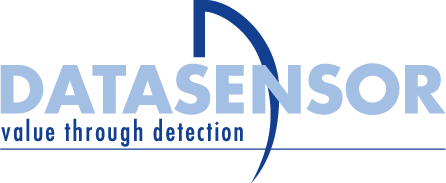SONARANGE® ultrasonic sensors
Sensor selection table
Distance | 1 binary OUT | 2 binary OUT | 0...10V analogue OUT | 4....20mA analogue OUT |
<200mm |
| |||
<500mm | ||||
<1000mm | ||||
<1500mm |
|
| ||
<2500mm |
| |||
<5000mm |
| |||
Schranke |
|
|
| |
Gabel |
|
|
|
Ultrasonic sensors are mainly used in machine manufacturing and process control for distance measurement, as proximity switch or for room supervision.
The proximity type sensors work after the principle of time of flight measurement of sound. The time of flight in air (forth and back) is approx. 6ms per meter. The new innovative ultrasonic fork sensors however work after the principle of sound amplitude evaluation.
Compared to other measuring principles ultrasound is very robust. It passes dirty environment as well, and it is reflected by almost all surfaces. Thus it is independent of material, colour and surface structure of the target to be detected.
On the right one sees the remarkable influence of ultrasonic frequency on the sensor characteristics. |
sonic lobe at 100kHz
sonic lobe at 200kHz
sonic lobe at 300kHz | |||||||||||
| ||||||||||||
|
|
| ||||||||||
Why ultrasonic sensors from SNT Sensortechnik AG? | ||||||||||||
SNT Sensortechnik AG is a pioneer in the field of ultrasonic sensors for distance measurement. The SONARANGE ultrasonic transducers are developed and manufactured in house. They differ from other products especially through their high emitted sound power. This enables them to detect also small and moving objects.
| ||||||||||||
|
|
FEM model of an ultrasonic transducer | ||||||||||
| ||||||||||||
Limits of ultrasonic sensors | ||||||||||||
| ||||||||||||









